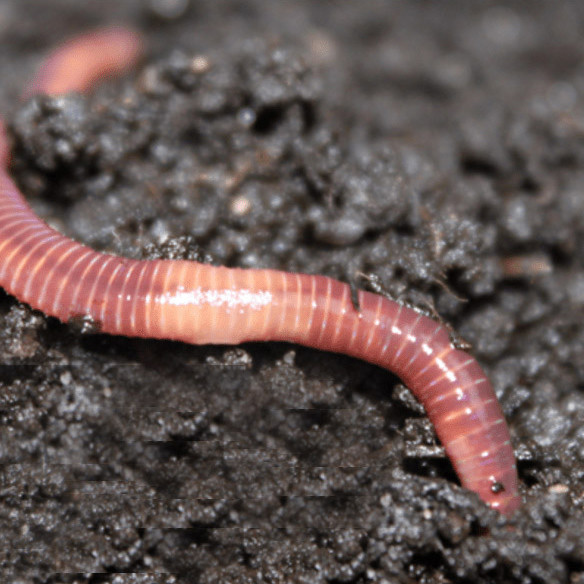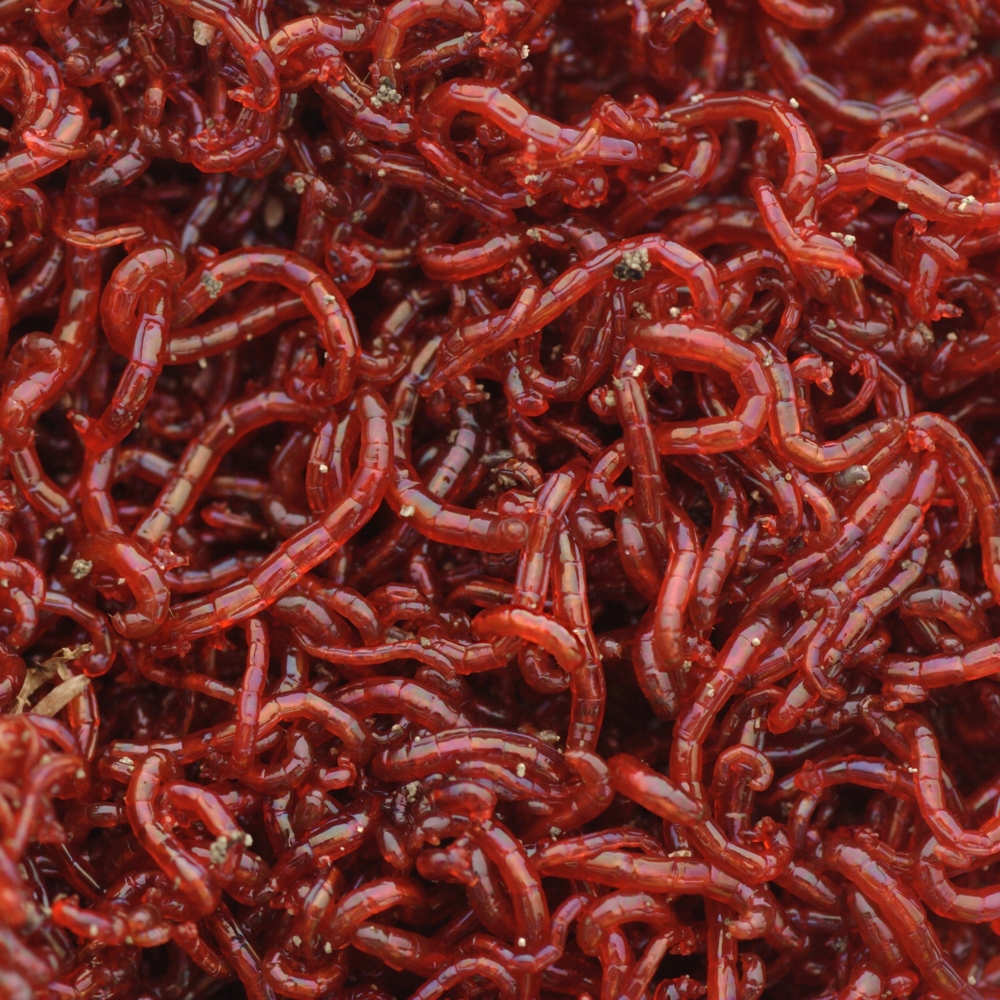Red wigglers: Enhance your compost
Red wigglers: Enhance your compost
Blog Article
Red Wigglers: The Secret to Eco-Friendly Composting
Red wigglers, scientifically known as Eisenia fetida, play an essential function in lasting composting practices, providing an all-natural remedy to throw away administration. These worms not only eat organic products but also transform them into important vermicompost, improving soil wellness and promoting environmental balance. As city locations deal with boosting waste difficulties, understanding the benefits and correct care of these organisms ends up being crucial for both gardeners and conservationists alike. What certain actions can people require to harness their potential properly?
What Are Red Wigglers?
Although many individuals recognize with earthworms, red wigglers (Eisenia fetida) are a specific species that play a critical function in composting. Native to Europe, they have actually adapted well to a variety of atmospheres, particularly in decaying raw material. Unlike usual yard worms, red wigglers prosper in rich, damp settings, making them excellent for composting systems.
(red wigglers for composting)These worms are identified by their reddish-brown pigmentation and extended bodies, normally measuring between 3 to 4 inches in length. Red wigglers are epigeic worms, meaning they stay near the soil surface and eat decomposing natural product. Their high reproductive rate enables populaces to grow quickly under optimum problems, with the capacity to double in number every couple of months.
Red wigglers possess a distinct digestive system that enables them to break down natural waste successfully. Their sustainable nature makes red wigglers a useful property in environment-friendly composting techniques.
Benefits of Making Use Of Red Wigglers
Using red wigglers in composting systems offers various benefits that enhance both the efficiency of waste decomposition and the quality of the resulting compost. These earthworms, clinically called Eisenia fetida, are renowned for their outstanding ability to take in natural waste, transforming it right into nutrient-rich vermicompost at an excellent price. Their quick digestion procedure increases the breakdown of kitchen area scraps and lawn waste, significantly lowering the moment needed for composting.
Along with their efficiency, red wigglers contribute to boosted soil framework and fertility. The vermicast produced by red wigglers is rich in necessary nutrients, helpful microbes, and humic acids, every one of which enhance dirt health and wellness and advertise plant development. This nutrient-dense compost assists preserve moisture and improves aeration in the dirt, fostering a growing ecological community for plants.
In addition, using red wigglers for composting reduces garbage dump waste, adding to a much more lasting waste monitoring system. By diverting organic products from landfills, composting with red wigglers reduces greenhouse gas discharges, making it a green option for ecologically conscious people and neighborhoods. Generally, red wigglers supply an efficient and sustainable remedy for composting.
Establishing Your Worm Container
Producing a worm container is an uncomplicated procedure that calls for careful consideration of materials and conditions to ensure a growing atmosphere for red wigglers. Begin by selecting a proper container, which can be a plastic bin or wood box, with a capacity of at least 10 gallons for effective composting. Make certain the bin has sufficient air flow by piercing tiny holes in the lid and sides to enable air flow.
Next, prepare the bedding, which is crucial for keeping wetness and giving a habitat for the worms. Ideal products consist of shredded paper, cardboard, coconut coir, or peat moss. Goal for a bed linens deepness of around 4-6 inches, guaranteeing it is damp but not overly damp.
It is very important to keep the ideal temperature for your worm container, preferably in between 55 ° F and 77 ° F(13 ° C and 25 ° C) Position the bin in a shaded area to avoid overheating. Furthermore, keep the container far from straight sunshine and severe climate condition to shield the worms.
Feeding Your Red Wigglers
Feeding your red wigglers is a vital aspect of successful worm composting, as it straight impacts their wellness and the performance of your composting system - red wigglers. Red wigglers thrive on a healthy diet consisting largely of organic waste products.
(red wiggler worms for sale)To guarantee ideal feeding, it is important to introduce food gradually. Beginning with click to investigate percentages to permit the worms to eat the material fully prior to adding extra. This strategy prevents overfeeding, which can lead to anaerobic problems and negatively affect worm health. Display the food disintegration process and adjust the quantity based upon just how rapidly the worms are refining the waste.

Preserving Your Worm Compost System
A well-maintained worm compost system is essential for taking full advantage of the effectiveness and long life of your composting initiatives. Regular monitoring of wetness levels is crucial, as red wigglers flourish in a damp atmosphere, preferably around 70% humidity. If the bed linen comes to be too completely dry, lightly mist it with water; on the other hand, if it comes to be overly damp, add dry bed linen such as shredded newspaper or cardboard to absorb excess moisture.
Temperature control is likewise essential. Red wigglers choose temperatures in between 55 ° F and 77 ° F(13 ° C to 25 ° C) If temperature levels surpass 85 ° F(29 ° C), the worms may come to be stressed or die. Guarantee your garden compost system is maintained in a shaded, ventilated area to avoid getting too hot.
Additionally, check for any type of undesirable smells, which might show a discrepancy in the system. Regularly aerating the compost by carefully turning it will certainly assist preserve proper air movement and prevent anaerobic problems. Keep an eye on the worm populace and their task; a thriving populace shows a healthy atmosphere. By adhering to these maintenance techniques, you can make sure an effective and lasting worm composting system that properly reuses natural waste.

Conclusion
In final thought, red wigglers play an important duty in environment-friendly composting by efficiently converting organic waste into useful vermicompost. Accepting the usage of red wigglers stands for a sensible approach to improving environmental sustainability and fostering healthier environments.
Report this page